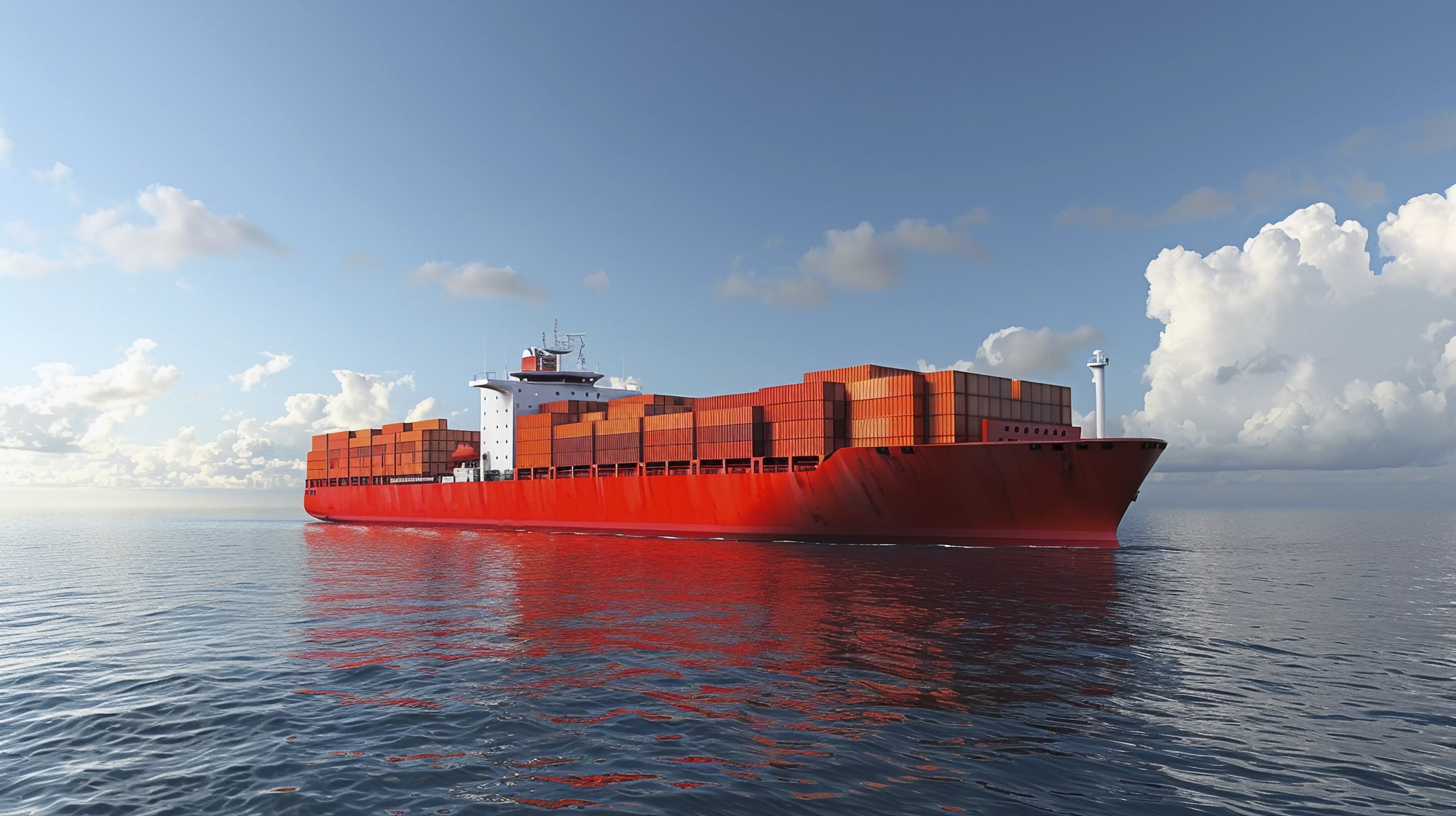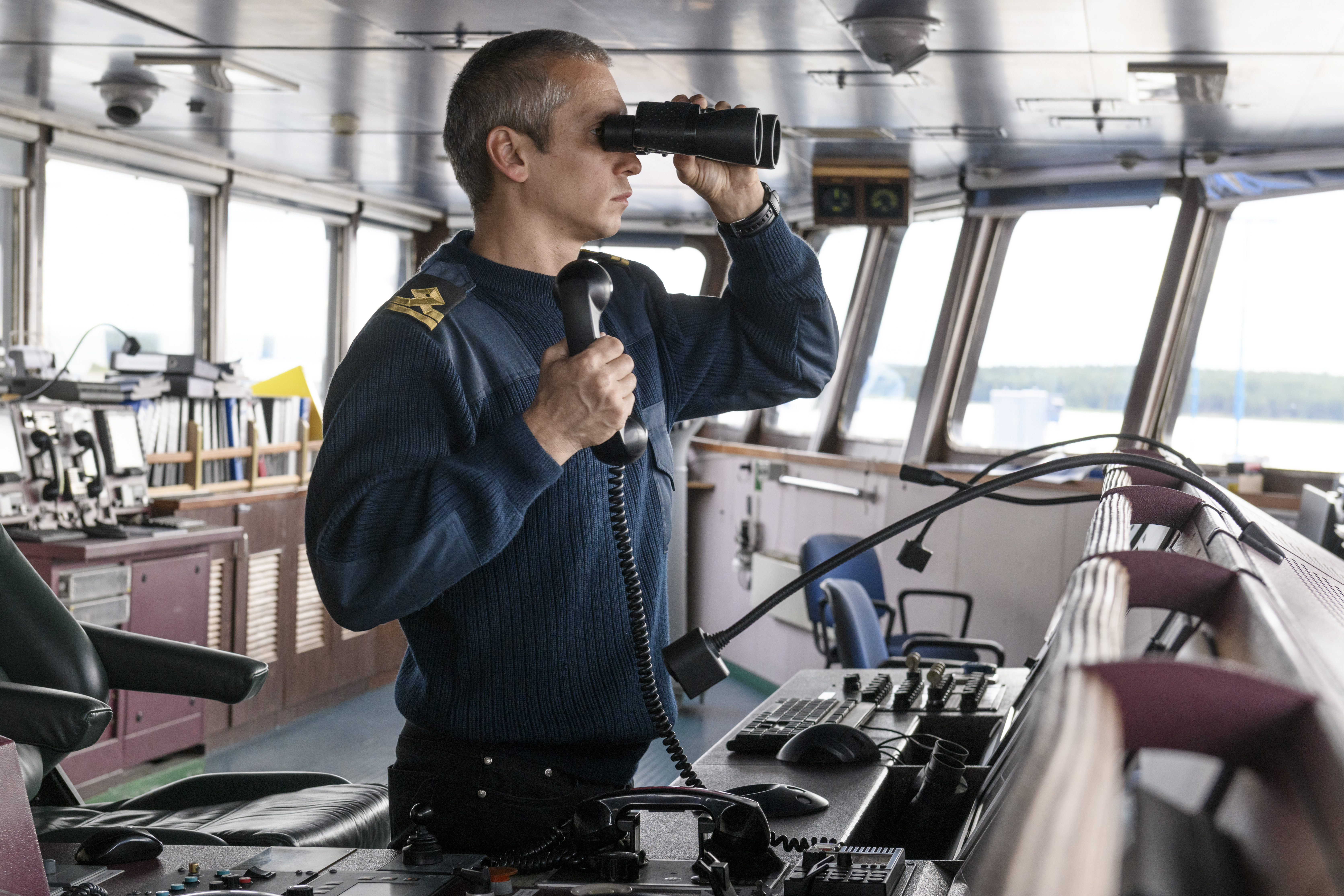The Regulations on Merchant Shipping are in force, and the instructions contained in Section 8 of the Code of Conduct for Safe Work for Seafarers-Merchants of 1991 will be as follows.
Access to the shore or to another vessel must be safe, placed in an immediate position, properly installed or deployed, safe to use, adjusted as necessary and adequately lit. Any person boarding or leaving the vessel shall use the access granted. In addition, it must be above an approved walkway that complies with the relevant Regulation or equivalent standard and be fitted with appropriate barriers along its entire length. If a ladder is provided, it shall comply with the Shipbuilding Industry Standard or similar and be properly and securely fastened. The ladder should be used with extreme caution at an angle greater than 30 degrees from the horizontal.
Rope ladders may only be used for access between vessels and boats with significantly different sides and where safer means of access are not possible. When used, the rope ladder must be effectively fixed to the vessel and have sliding-resistant supports of at least 400 mm x 115 mm, equally spaced at intervals of 310 +/- 5 mm. If the pilot’s ladder is longer than 1.5M, it must be equipped with spreaders with a length of at least 1.8M. The lowest spreader should be on the fifth step from the bottom, and the interval between the spreaders should not exceed nine steps. Stairs must be secured so that they do not twist, twist or tilt. The support for the rope ladder must be strong enough, and the ladder must always be either fully extended or fully tightened.
A portable ladder can be used where safer means of access cannot be used. So a ladder must be used at an angle of 60 to 75 degrees from the horizontal. It must extend at least one meter above the upper landing place, unless alternative handles are provided. It must be properly protected against slipping, malfunction or sideways movement and must have a clearance of at least 150 mm behind the sash.
Means of access and approaches to them should be well lit.
If there is a risk of a person falling, a safety net should be installed, which should cover the entire length of the means of access.
A lifebuoy with a self-igniting light, as well as a separate floating line attached to the quota, must be provided ready for use on board the ship at the point of access.
In the event that the inner end of the access means rests on a support or rail, care must be taken to ensure that the support, rail or other support is sufficiently strong, included but not limited consideration of master vacancies tankers. Any gap between the ladder post and the access means must be fenced to a height of 1 meter. Access must be located outside the work areas for the carriage of goods.
All access equipment must be maintained in good condition and periodically inspected during use to ensure safety.
If access is provided from shore, the Captain must still provide safe access.
Access granted, although in a dry dock, does not fall under the provisions of ship’s rules.
However, if the ship’s crew is asked to use dangerous access, this should immediately lead to arrangements as the ship needs attention.




